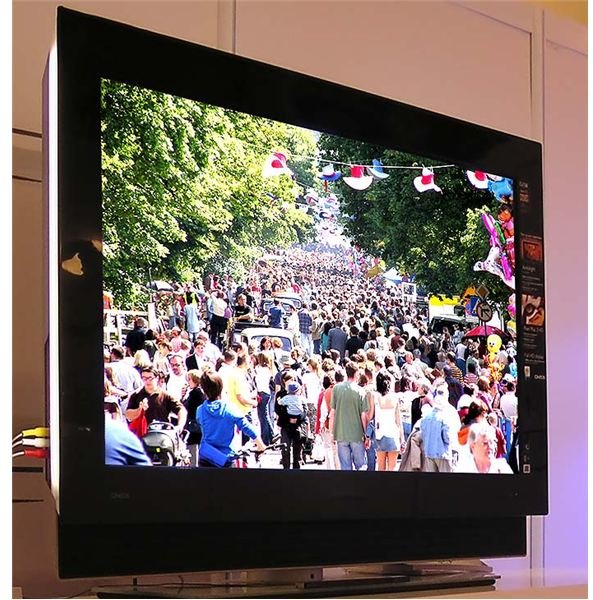Differences between Digital TV and HDTV Explained -Exploring screen format types and screen resolution of High Definition TV and DTV
About Digital TV
Digital TV (DTV) is the format that is replacing analog in public broadcasting channels and currently used in cable and satellite programming. It is a type of television signal (or bandwidth) that can be viewed in the standard NTSC format or HD (high definition). Digital and HDTV are often topics of confusion. TVs that have digital capability cannot necessarily receive HDTV images or programming. Only certain digital formats can display HD. Think of digital TV as a platform to where HDTV can be displayed. Digital TV is commonly applicable in three standard format types: 480p, 720p and 1080i.
The 480p format is similar to standard analog broadcast TV except the image displayed is created differently. The “p” is the abbreviation for progressive scan. It means that movie or program you view on your screen is displayed as a grouping (or frame) of individual lines that are drawn one at a time in sequential order. With this format, these 480 progressive (horizontal) lines are scanned vertically left to right and then displayed on screen. These lines then refresh on screen about every one sixtieth of a second. 480p is not HDTV and is best viewed on televisions with a twenty to twenty-seven inch screen.
720p has a thirty percent sharper display than 480p. This progressive format is HD quality and is best viewed on screen sizes between thirty-two and thirty-seven inches.
1080i is the most common HDTV format. The “i” is an abbreviation for interlaced scan. Unlike progressive, images are created by displaying alternate (odd and even) horizontal lines at sixty fields (groups of lines) per second. This translates to half a frame in the progressive format. Due to its higher quality and detailed nature, 1080i HD takes up most of the DTV bandwidth.
About HDTV
High definition television (HDTV) is a format that displays images in wide screen, with crystal clear and realistic quality similar to 35 mm film. For cable, satellite and broadcast viewing (in June 2009), it is used in conjunction with digital TV signals on channels configured to view HD. If you have an HDTV, you will see programs and images in HD only if it is displayed in the 720p or 1080i digital format. HDTV can also view the old style analog formatted programming. It is backwards compatible and can convert the images to a viewable format that can be displayed (but it will not be in HD). Another distinguishing feature is the HDTV’s 16:9 aspect ratio, which is perfect for DVDs with widescreen formatting. This is a big improvement to the old tube style analog TVs with the shorter and boxier aspect ratio of 4:3.
Summing it Up
DTV and HDTV work together to produce sharper, better quality images on screen. If you are thinking of purchasing an HDTV, remember that true high definition images can only be viewed in the 720p or 1080i resolution. Also, keep in mind that HD compatible sets do not automatically display high definition images since not all digitally broadcast channels are configured for HDTV.
References
-
Related Articles
-
Image from http://www.sxc.hu/ website.
